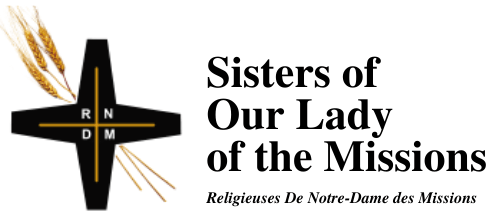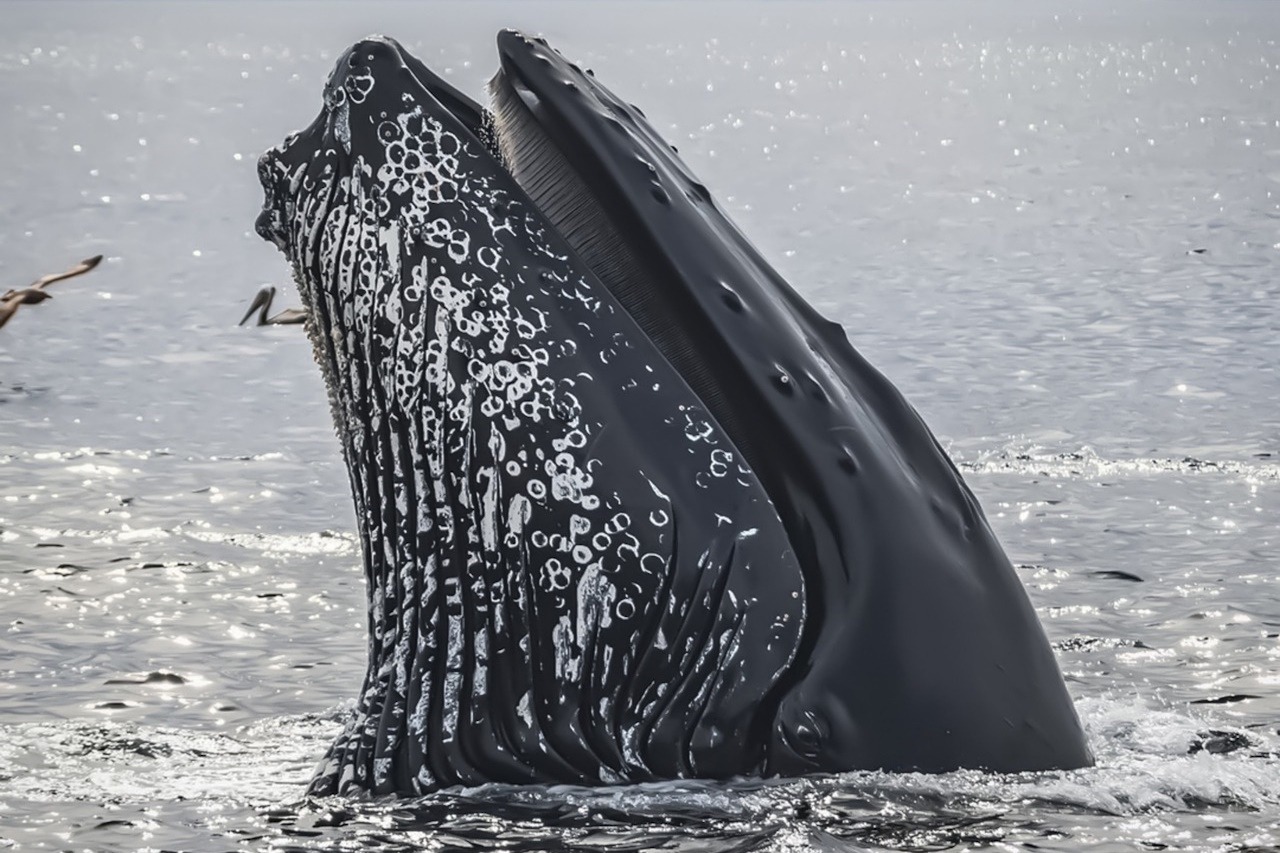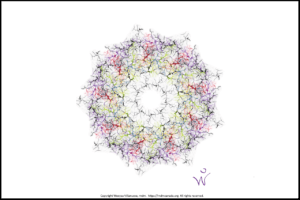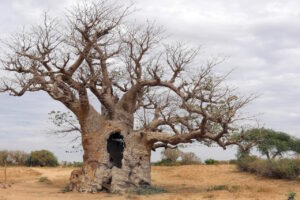I listened to an interview the other day about animals and emotions. The scientist stated that for decades researchers had been discouraged and sometimes ridiculed if there was any mention of animals displaying feelings, or emotions in their research.
Thankfully, today, more and more evidence has shown that animals do appear to have feelings and not only that, they seem to display some of the same emotional reactions we do.
As someone who has spent a great deal of time observing my dog Luca I can tell you I have never doubted the validity of that for a moment. Just ask Dr. Jane Goodall, whose patience, keen observation and dedication transformed the way researchers look at primates today.
This was also the case when a group of Cetologists happened upon a group of humpback whales behaving strangely. A half a dozen of these massive creatures were observed circling and diving over and over again. Were they feeding? The calculated and coordinated movements said otherwise. Then they noticed a pod of orcas circling in and around the clustered humpbacks.
Orcas do not engage with humpbacks. In fact, they avoid them and no wonder. The humpbacks are three times their size and five times their weight and have been known to ram orcas severely injuring them. The only reason orcas would possibly be in the picture was the presence of a humpback calf. Calves on their own are easy prey and more importantly, a tasty meal!
Orcas will try to separate a calf from its mother or if that doesn’t work hover above the calf to prevent it from getting to the surface for air. The humpbacks were having none of it and were circling in such a way that the orcas could not attack. Eventually the orcas gave up and moved off in search of easier prey.
Initially the scientists thought the humpbacks were doing what comes naturally, which is protecting their young. But a few weeks later these same scientists saw something that made them rethink everything they thought they knew about humpbacks in particular and whales in general.
Another herd of humpbacks was circling and diving in exactly the same manner as before and sure enough a pod of orcas was trying to move in. But then one of the humpbacks rose to the surface and lifted one of its massive fins and balanced there, rather precariously, was a seal!
Was this an accident? Had the seal inadvertently gotten between the orcas, a calf and the humpback whales? The scientists waited. Again a humpback rose up, and sure enough the seal was again balanced safely on its fin. There was no calf. The seal was the orcas’ target and for some reason the humpbacks were protecting it. Humpbacks do not eat seal; they eat krill, plankton and small fish.
The Cetologists were sure that what they had observed was some anomaly until they reported their sightings online and were bombarded by stories of other sightings of whales and dolphins doing something similar. What was going on?
The humpbacks had nothing to gain by protecting the seal. So why did they? I know what I think? What about you?
Bonnie Dickie lives in Winnipeg, the Elm capital of Canada. In a previous life she worked for CBC in Yellowknife, NWT before moving South to freelance as a documentary filmmaker. Her work has taken her across the Arctic as well as China, Africa and Spain. Today she is semi-retired and aside from her dog walking exploits is focused on learning to play the ukulele-a talent she has yet to fully grasp.





Thanks for your reflection. Your writings consistently raise questions for me about cross-species relationships and communication. In this instance, “The humpbacks had nothing to gain by protecting the seal.” A larger impulse seems to have guided their actions. Might this be a larger imperative written into creation as a whole, that we are only now recognizing??